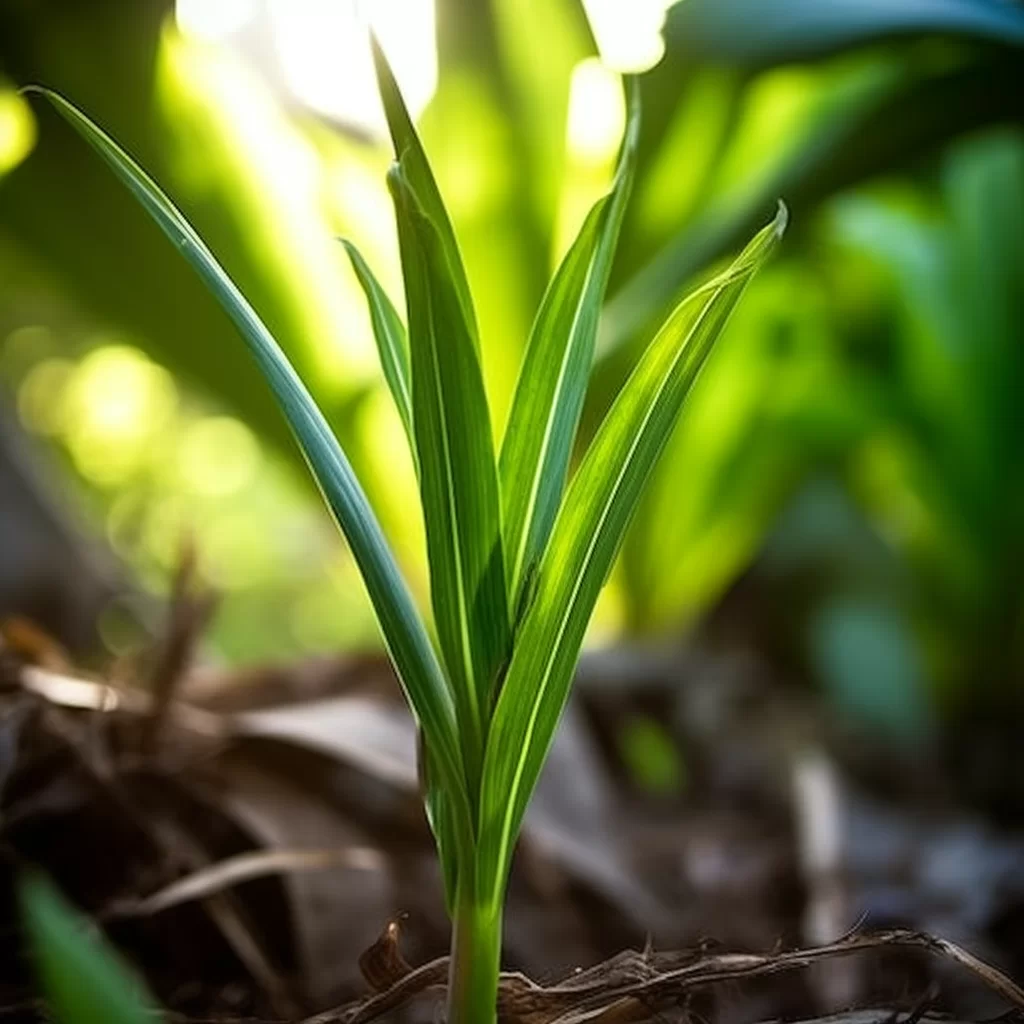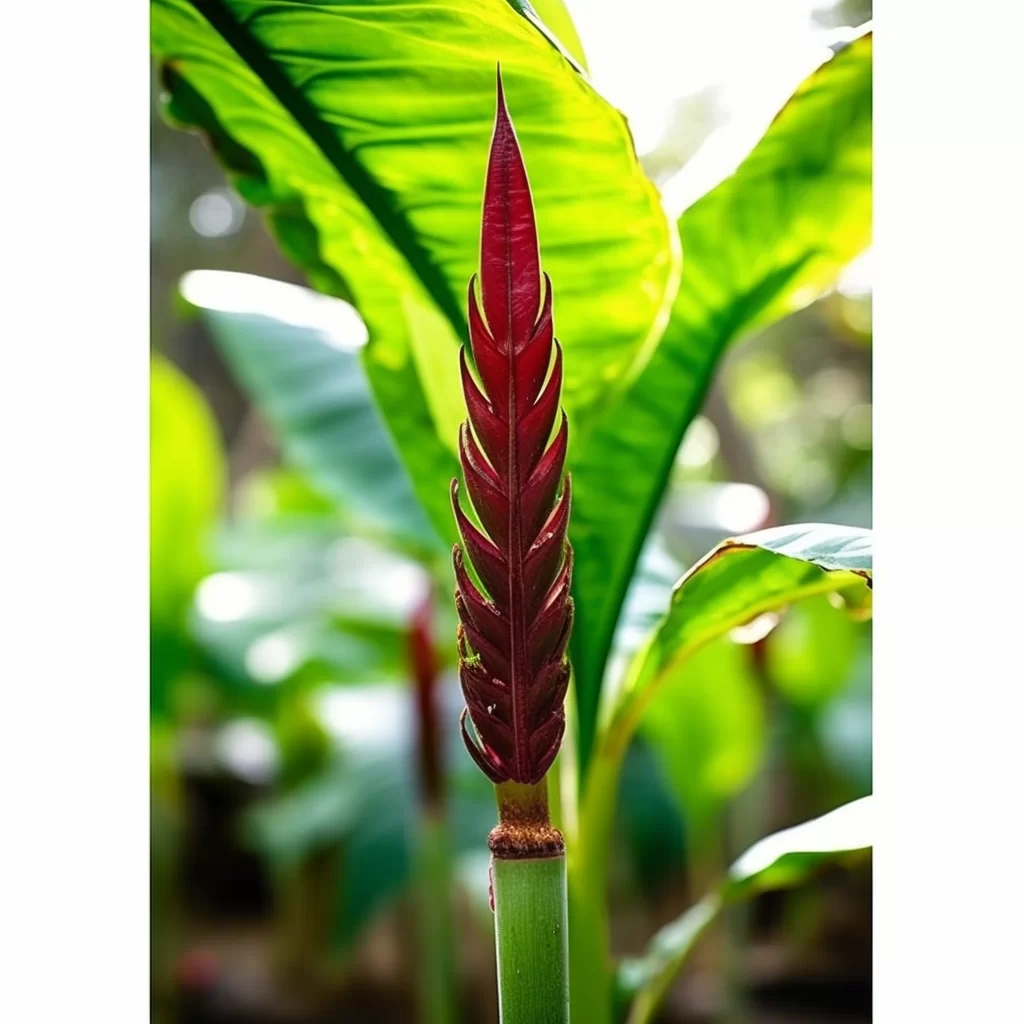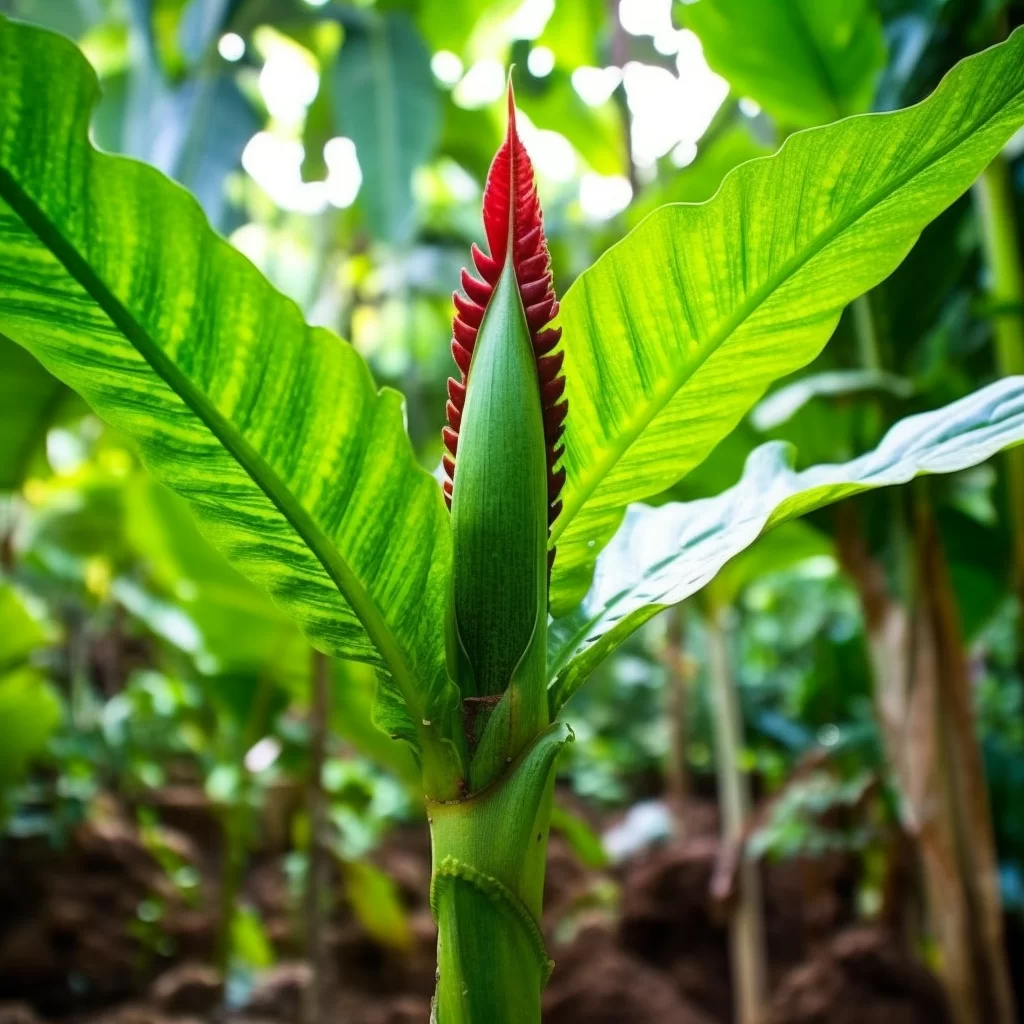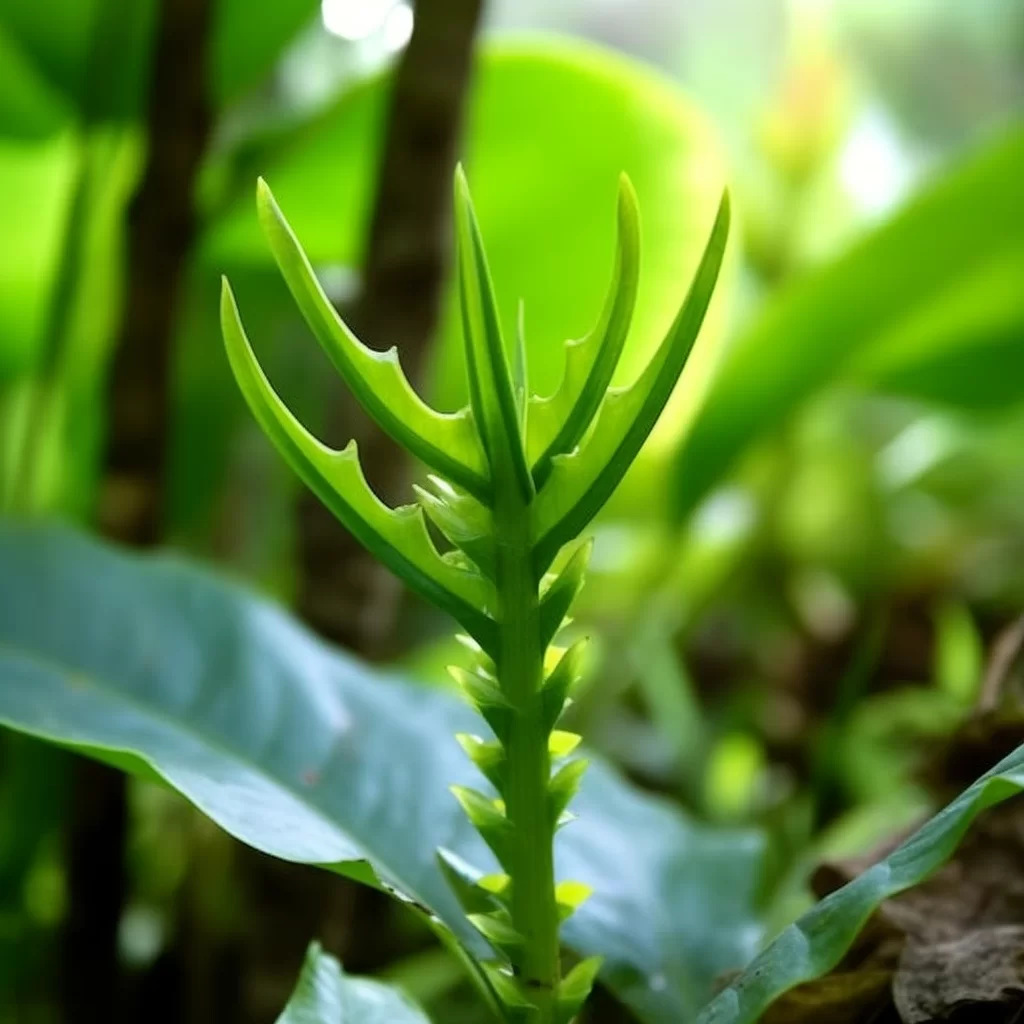Story of Day :
Contents
The Musa Plant: A Comprehensive Guide to Care and Maintenance
If you’re someone who enjoys the company of plants and want to add a touch of tropical paradise to your garden or home, then look no further than the musa plant.
Also known as banana plant, this exotic beauty has lush green foliage and sweet fruit that will make you feel like you’re in a tropical oasis.
These plants are ideal for those who want to create a relaxing atmosphere in their homes or gardens.In order to ensure that your musa plant thrives, it is important to understand how to care for and maintain it.
In this guide, we’ll cover everything you need to know about caring for these plants – from watering them correctly and providing adequate sunlight, right through to fertilizing them on time.
With our tips and tricks under your belt, you can rest assured that your musa plant will be healthy and radiant all year round!
What is a Musa Plant?
The musa plant belongs to the banana family, which comprises more than 70 species of beautiful flowering plants.
The two most widely cultivated species are Musa acuminata and Musa balbisiana, both of which are utilized for commercial banana production all over the world.
Nevertheless, numerous ornamental varieties also exist that can be incorporated into gardens or indoor spaces to add a touch of elegance and beauty.
These aesthetically pleasing plants have become increasingly popular in recent years due to their striking colors and textures that can enhance any setting.
 In conclusion, the musa plant is an outstanding addition to any garden or indoor space with its vibrant color patterns and unique textures.
In conclusion, the musa plant is an outstanding addition to any garden or indoor space with its vibrant color patterns and unique textures.
Whether you prefer commercial banana production or just want a decorative flower arrangement, there is a musa variety suitable for your needs.
So why not bring some life into your home by adding one of these stunning plants today? With so many options available at your fingertips, you’re sure to find one that brings joy and natural beauty into your life!
Climate Requirements
Musa, also known as banana plants, are a tropical species that thrive in warm temperatures ranging from 75 to 85°F (24-29°C).
These plants require a lot of sunlight to grow well, but during the hottest parts of the day, it’s best to provide them with partial shade to prevent sun damage.
If you’re planning on growing Musa indoors, make sure you place it near a window facing east or west so that it can receive plenty of indirect light.It’s important to note that Musa requires specific conditions to grow properly.
Providing these ideal conditions will enable your plant to produce healthy and strong leaves and fruits.
If you’re looking for an easy-to-grow indoor or outdoor plant option that adds a tropical feel anywhere you put them, then Musa is definitely worth considering.
Just remember to give them plenty of sunlight and partial shade when needed for optimal growth!

- Musa plants require well-draining soil that’s rich in organic matter.
- A pH range between 5-6 is optimal.
- Fertilize every two weeks with a balanced fertilizer during growing season (spring-fall).
- Avoid fertilizing during winter months when growth slows down significantly.
When it comes to keeping your plants healthy and thriving, understanding their watering requirements is essential.
Different types of plants have varying needs when it comes to how much water they should receive and how frequently they should be watered.
Some plants prefer to be kept moist at all times, while others thrive in drier conditions.One important factor to consider is the type of soil your plant is growing in, as well as the container or pot it’s planted in.
Soil that doesn’t drain well can lead to root rot if a plant is overwatered.
On the other hand, some containers may dry out more quickly than others due to factors such as material or size.
It’s also important to pay attention to environmental factors such as temperature and humidity levels, which can impact how much water a plant needs.
By taking these factors into account and closely monitoring your plants’ soil moisture levels, you can ensure that they are getting the right amount of water for optimal growth and health.
If you’re looking to grow Musa plants, it’s important to keep their soil evenly moist without drowning them.
Overwatering can lead to root rot diseases.
This means that during the hotter months, you’ll need to water your Musa plants more frequently than during the winter.
It’s best to reduce watering until the soil becomes dry to touch in colder weather. Musa plants require consistent moisture levels for optimal growth and survival.
Musa plants require consistent moisture levels for optimal growth and survival.
To ensure this, it’s important not to let their soil become waterlogged or too dry.
Watering frequency depends on the time of year – generally speaking, hotter months require more watering while winter months can see a reduction in frequency until the soil feels dry when touched.
Overwatering is a common mistake that can lead to root rot diseases and other issues so be sure not to overdo it! With proper care and attention, your Musa plants will thrive and flourish in no time!
Pest and Disease Management
Musa plants, commonly known as bananas, are often targeted by mealybugs, spider mites and scale insects.
These pests can cause significant damage to the plant and even reduce the yield of bananas.
However, by taking some preventative measures such as using insecticidal soap or neem oil on a regular basis, you can keep these pests at bay.
Another important thing to do is regularly inspect your banana plant for any signs of fungal diseases such as black leaf spot which is a common issue among banana plants.
If caught early enough, these fungal diseases can be treated with a fungicide.To ensure that your Musa plant remains healthy and produces quality bananas it is crucial to adopt proper maintenance practices such as using preventative measures against pests and monitoring for any signs of disease or infection.
Regular use of insecticidal soap or neem oil will help prevent the infestation of common pests like mealybugs and spider mites while treating any fungal infections with appropriate fungicides will prevent further spread within the plantation.
Through consistent observation and care-taking practices aimed at maintaining optimal health conditions for your banana plants you can be sure that they will thrive year after year!

Harvesting
If you’re wondering when to harvest the fruit from your musa plant, it’s important to keep a close eye on its growth.
As the fruit develops, check on it frequently to ensure that it has reached its full size but hasn’t ripened yet.
This is when you’ll want to cut it from the tree using a sharp knife or pair of scissors.
After harvesting, allow the fruit to ripen at room temperature before consuming for maximum flavor.Harvesting and consuming fresh fruits straight from your garden can be an incredibly rewarding experience.
With musa plants specifically grown for their fruit production, timing is everything – pick too early and you’ll miss out on the full flavor potential; pick too late and your fruits may have become overripe or even rotted.
For best results, regularly inspect your musa plant as its fruit grows and follow these simple steps: wait until the fruit reaches full size but is still firm, carefully remove with a sharp cutting tool such as a knife or scissors, then let them ripen naturally at room temperature before enjoying their sweet taste!
Closing Thoughts
The Musa Plant is one of nature’s most beautiful tropical creations.
With proper care and maintenance this gorgeous plant can thrive both indoors and outdoors in various climates worldwide.
By following our guide you can ensure your Musa Plant will flourish year after year!